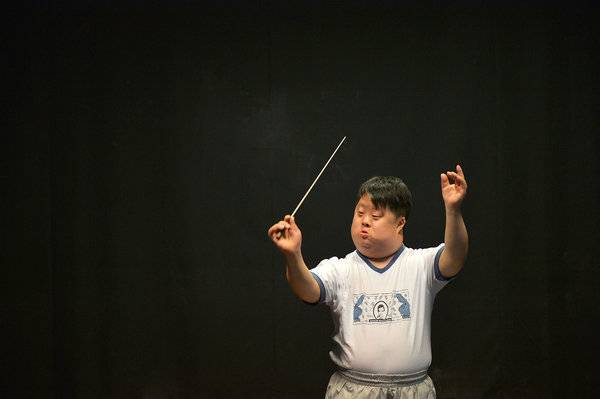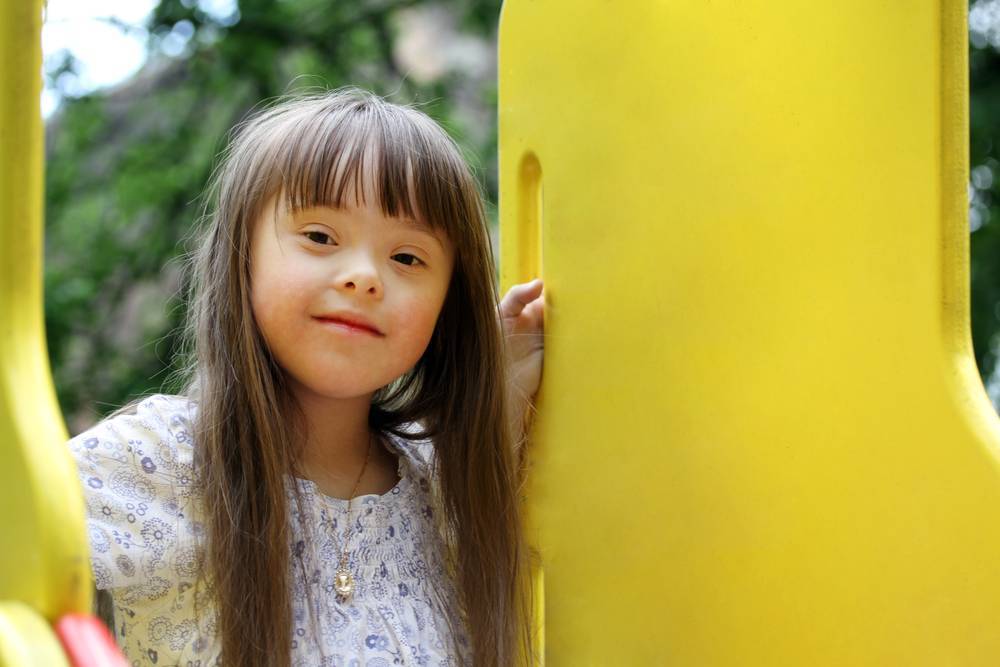Children with Down syndrome have been portrayed differently by the media over the years. This article captures the essence of the condition, as well as their abilities, proving that they are more than their physical characteristics.
What is it?
Down syndrome is one of the most commonly occurring chromosomal anomalies in infants. Typically, a baby is born with 46 chromosomes. However babies with Down syndrome have an extra 21st chromosome, otherwise known as ‘Trisomy 21’. Down’s can be diagnosed during pregnancy through prenatal screening or diagnostic tests. A diagnosis can also be made after the baby is born through physical examinations, genetic testing or karyotyping.
Characteristics of Down Syndrome
Some of the common physical features include:
- Upward slanting of the eyes
- Flattened facial profile
- Epicanthic folds (small skin folds in the eye’s inner corner)
- Short neck with excess skin at the nape area
- Tongue that tends to stick out of an open mouth
- Brachycephaly (short broad head)
- Short broad hands
- Hyperflexibility of joints
- A noticeable gap between first and second toes (sandal gap)
Individuals may also experience difficulties with learning, memory and speech with varying severity. The primary areas of concern are:
- Grammar
- Verbal short-term memory (word recall)
- Explicit long-term memory (experienced events, knowledge, and concepts)
Who is at risk of acquiring Down Syndrome?
While the cause is not known, one of the factors that may result in an increased likelihood for having a child with Down’s is advanced maternal age (35 years old and above).
Can it be Cured?
There is no cure for Down syndrome as the condition is inherently in the individual’s genetic sequence. Most individuals may need assistance throughout their lives. Physical therapy, occupational therapy, and speech therapy services will help to teach the skills that are required and to overcome learning deficits.
However, other health complications associated with Down’s can be treatable especially with today’s medical advances. Some of such medical conditions include heart complications, hearing loss, and respiratory infections.
Do People with Down Syndrome Have the Same Lifespan?
While the life expectancy of individuals with Down syndrome might be shorter than the rest of the population, it has greatly improved over the past decades. The average lifespan is between 55-60 years old.
Seeing the Ability in Disability
Like any other children, people with Down’s are deserving of love and care. When given the appropriate support, they are capable of touching lives and leaving a positive impact because of their limitless abilities and uniqueness. Here are some famous personalities that continue to inspire many:

Madeline Stuart, professional model at the age of 21

Pablo Pineda, first European with Down’s to get a college degree and land an acting job

Sujeet Desai, an Indian multi-instrumentalist with a successful career in music

Zhou Zhou, taught himself to conduct an entire orchestra despite not being able to read music

Chelsea Werner, multi-time gymnast champion at Special Olympics
Gaining independence and a successful career is not impossible especially with the right support system. Here are some organisations that advocate for people with Down syndrome:
- Asia-Pacific Down Syndrome Federation
- Down Syndrome Association Singapore
- Persatuan Sindrom Down Malaysia
- Japan Down Syndrome Society
- Kianh Foundation in Vietnam
- The Hong Kong Down Syndrome Association
- Ikatan Sindroma Down Indonesia
- Down’s Syndrome Association of Nepal
- Pakistan Down Syndrome Association

